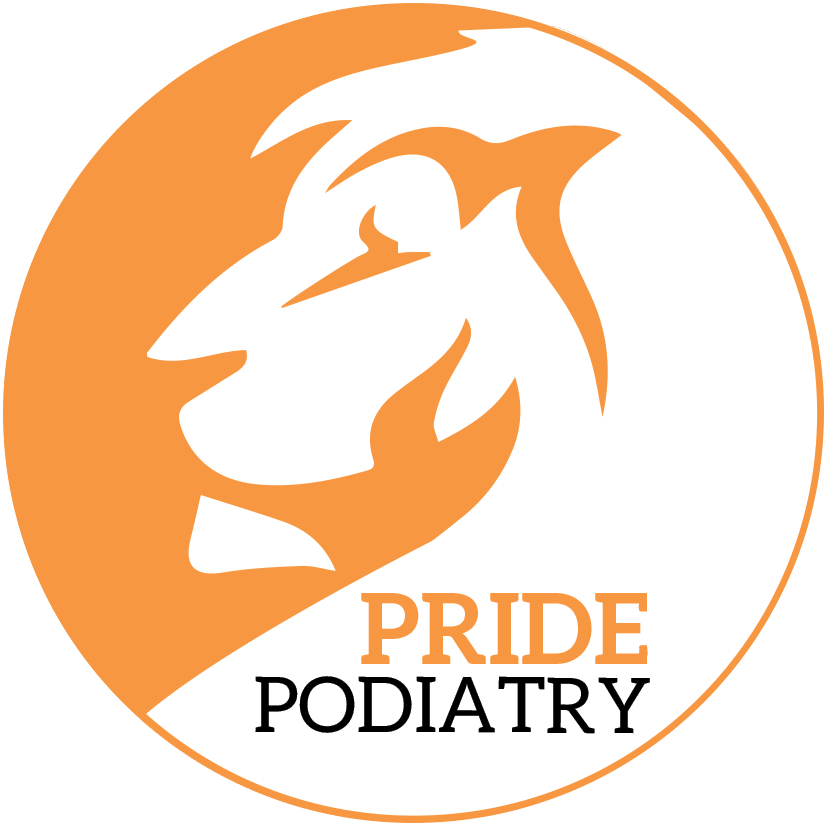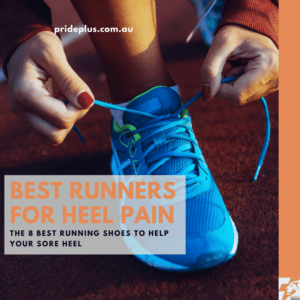If you have low bone density you’re about to learn the 5 best exercises for osteopenia which could be the difference between you developing osteoporosis or building back your bone strength.
Big call, but that’s just how vital incorporating these exercises into your routines is when you have osteopenia.
Why is this important? Without adequate bone strength, you’re at risk of:
- Painful bone breaks and fractures
- Progressing deformity (including losing height)
- Requiring long-term medication
Serious stuff.
This is why it’s so important to use the warning sign that an osteopenia diagnosis provides to change some things in your life. And one of those changes is to start or build on the best exercises for osteopenia for you.
Weight-bearing exercises can help increase bone density.
Weight-bearing exercises involve working against gravity and will stimulate bone growth.
Examples of weight-bearing exercises include:
- Walking.
- Running.
- Dancing.
- Stair climbing.
These types of exercises can be especially beneficial for your osteopenia as they can help increase or maintain bone density and reduce the risk of fractures.
Resistance training can also help improve bone density.
Resistance training involves using weights or other resistance like exercise bands or medicine balls to strengthen bones, muscles and joints.

You can vary resistance training with the help of an expert trainer – an exercise physiologist, so that you get the perfect dosage for your needs. This way, if you have any prior injuries aches or pains you’ll be safe and comfortable as you get your bones (and body) nice and strong.
Balance and flexibility exercises are important for fall prevention.
In addition to increasing bone density, the best exercises for osteopenia require a focus on balance and flexibility.
This is because poor balance and flexibility can increase the risk of falls, which can lead to fractures. Preventing falls is one of the most important things you can do when you have reduced bone density. We don’t bend and bounce like we used to and it’s simple falls around the home or crossing the street that can lead to devastating injuries.
Examples of balance and flexibility exercises include yoga, tai chi, and cone tap exercises.
Impact exercises should be approached with caution.
While high-impact exercises such as jumping and skipping are beneficial for increasing bone density, they may not be suitable for everyone with osteopenia.
It is important to speak with your exercise physiologist to determine the best approach for incorporating impact exercises into a workout routine. When you do get your exercise and dosage right impact exercises are one of (if not the best) best exercises for osteopenia.
Regular exercise is key to managing osteopenia.
Finally, your best exercise for osteopenia is the ones that you get done, regularly.
It’s no good doing your impact exercises one day and then having life flash by and not getting a walk or some resistance exercises done for another fortnight. It’s the same as only walking. Yes, walking counts as a weight-bearing exercise but alone it’s not going to be enough to build strong healthy bones when you have osteopenia.
Getting the right amount of the best exercises for osteopenia for you is paramount, and doing them regularly and consistently in a way that brings you energy and joy.
One way you can achieve that is with your exercise physiologist. Either alone working one on one with your EP like a trainer and health coach combined. Another is to join our Strong To The Bone group exercise program where you will be guided by your EP and train with 4 other locals who are also working on building strong bones.
In conclusion, weight-bearing, resistance, balance, and flexibility exercises are all beneficial for fighting and managing your osteopenia. It is important to speak with your exercise physiologist to determine the best approach for managing your osteopenia through exercise.
I hope that this information has been helpful and wish you the best on your journey to improving your bone health.
Before you go…
If you’re ready to start exercising and building your bone strength you can book in with your exercise physiologist in Pascoe Vale right now. You can also learn more about osteoporosis including when you need to get a bone density scan.
About the author

Accredited Exercise Physiologist Aidan Rogers is on a mission to help 50 more people in Pascoe Vale improve their bone density. To help you start safely doing the best exercises for osteopenia secure a session time with Aidan today.




